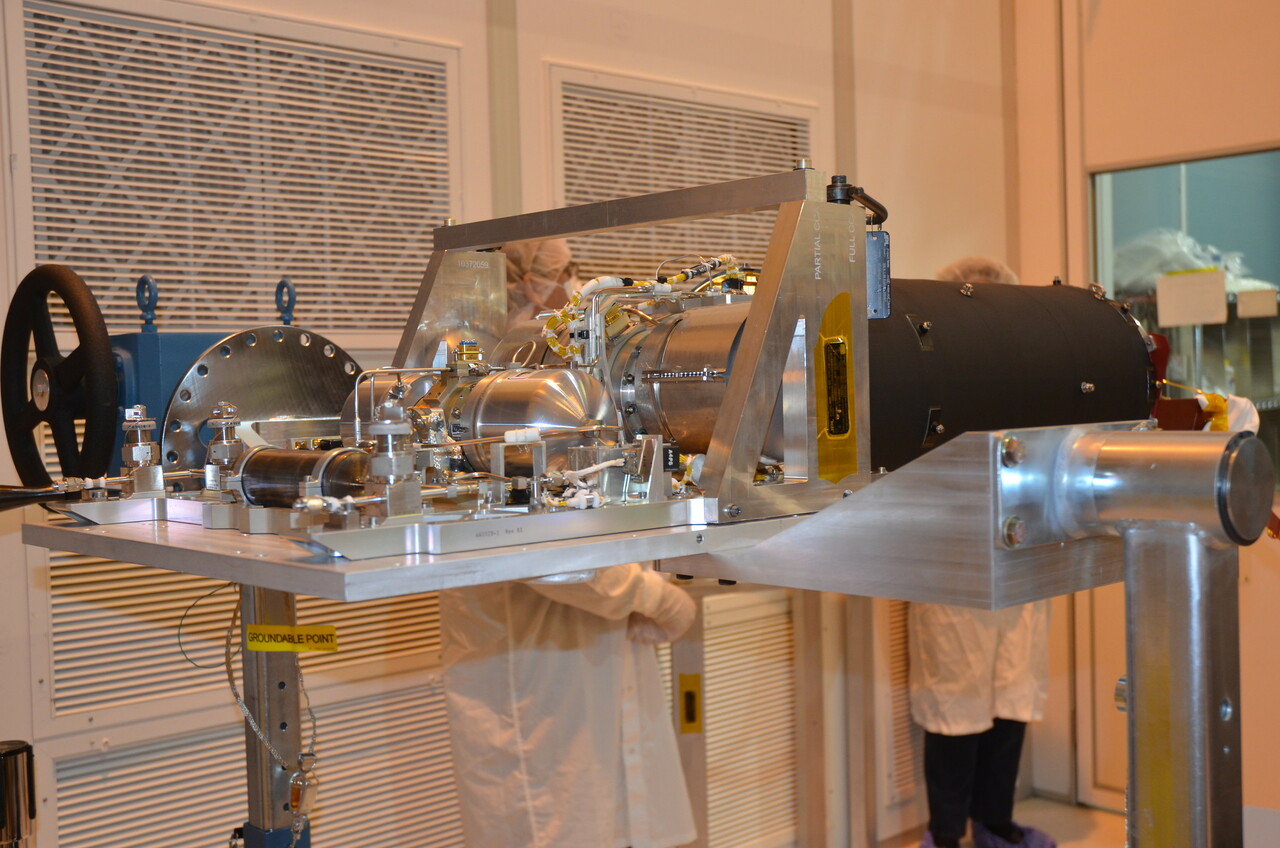Unprecedented images from the centre of our galaxy
The James Webb Space Telescope shows images of the centre of the Milky Way, thanks to its state-of-the-art infrared detectors, which need to be cryogenically cooled to operate properly.
Launched in 2021, the James Webb Space Telescope (JWST) is the premier observatory of the next decade. It studies every phase in the history of our Universe, ranging from the first luminous glows after the Big Bang to the formation of solar systems capable of supporting life on planets like Earth, to the evolution of our own Solar System.
The latest image from the James Webb Space Telescope shows a 50 light-years-wide portion of the centre of our galaxy in unprecedented detail, allowing the study of star formation. An estimated 500,000 stars are present in this image of the Sagittarius C (Sgr C) region, a star-forming region situated about 300 light-years from the Milky Way’s central black hole, and 25,000 light-years from Earth.

Several innovative technologies have been developed to achieve the level of resolution and sensitivity possible with the James Webb Space Telescope, including state-of-the-art infrared detectors. The JWST Mid-Infrared Instrument (MIRI) carries detectors that need to be cryogenically cooled at a temperature of less than 7 kelvin to operate properly. The Webb MIRI cryocooler is an innovative system that does not consume coolant. Unlike previous systems on other telescopes, it reuses its own liquid helium as a cooling source. The refrigerant (gaseous helium) is cooled by conduction in a system of tubes, then pumped through the instrument to keep it cool.

The James Webb Space Telescope (JWST) is an international program led by NASA, the European Space Agency (ESA), and the Canadian Space Agency.
Sources
https://webb.nasa.gov/content/about/index.html
https://www.nasa.gov/missions/webb/nasas-webb-reveals-new-features-in-heart-of-milky-way/
Cryocooler image: https://webb.nasa.gov/content/about/innovations/cryocooler.html
Sagittarius C image: https://webbtelescope.org/contents/news-releases/2023/news-2023-148#section-id-2
Image credits: NASA, ESA, CSA, STScI, Samuel Crowe (UVA)
